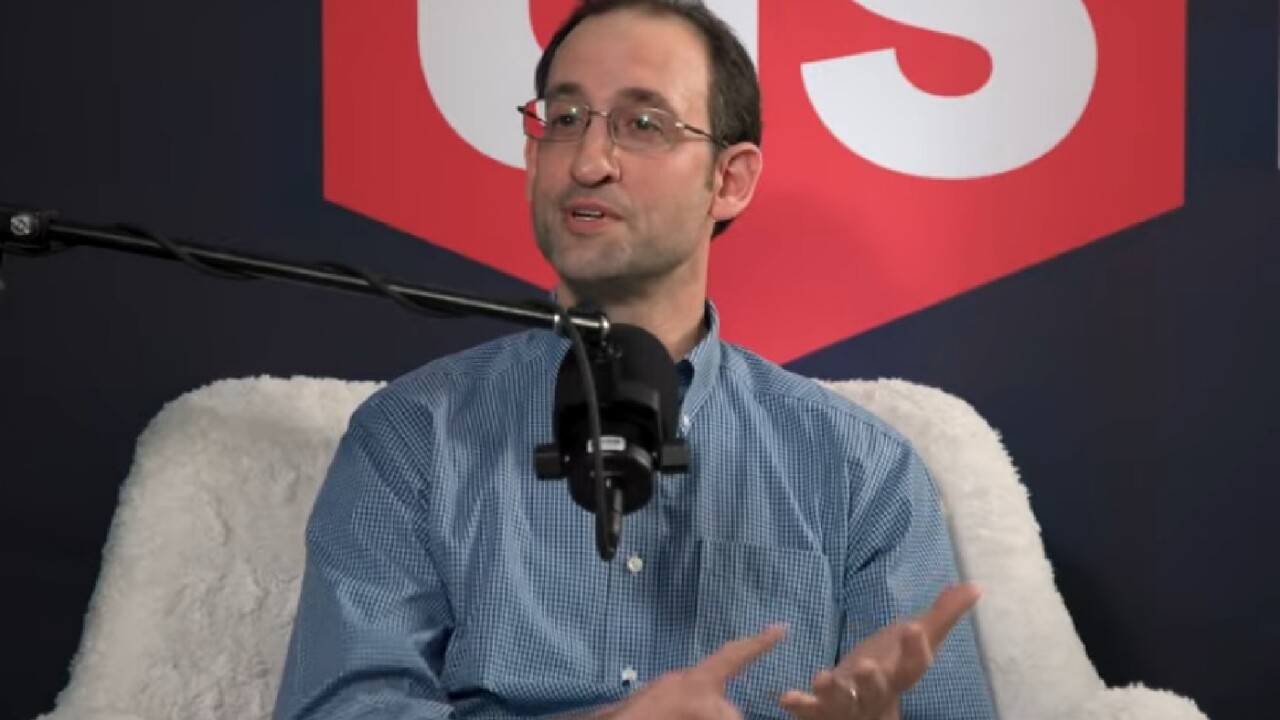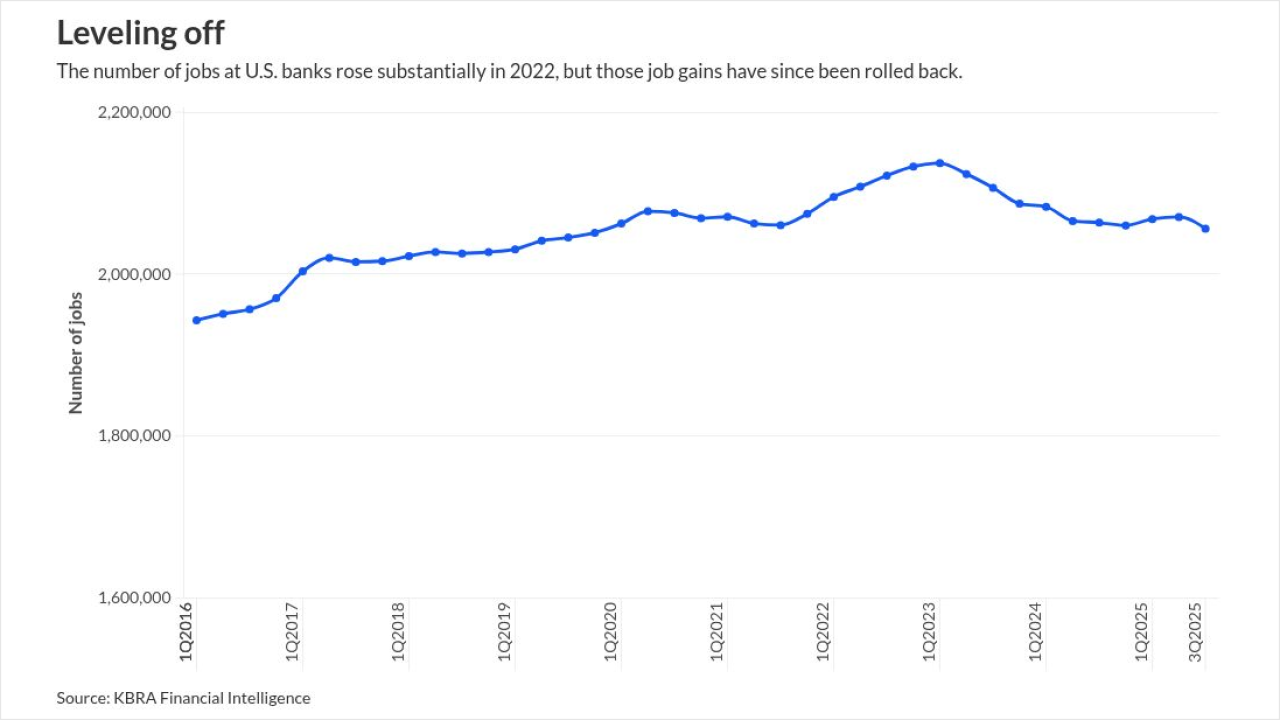Want unlimited access to top ideas and insights?
Which kind of loyalty reward does each customer really want? HSBC has begun using artificial intelligence technology to find out.
It’s a process that can lead to some surprising — and valuable — discoveries about customer preferences, but it also raises questions about where the line lies between empowering customers and creeping them out.
Until recently, the bank let its customers choose among a range of reward options including merchandise, gift cards, payment credit and travel rewards; it promoted the rewards through catalogs and newsletters. But the return on that kind of campaign diminishes as mailboxes and inboxes grow more cluttered, said Marcos Meneguzzi, the head of cards and unsecured lending at HSBC's retail bank and wealth management group.
“What we’re trying to do here is use new analytics tools to be more precise about our marketing and target our customers specifically about what their needs are, what their interests might be, be more relevant, and get to a situation where a high number of customers engage with our message,” Meneguzzi said.

The bank began testing AI software from Maritz Motivation Solutions in October. It sent 75,000 credit card rewards members emails based on the software’s recommendation in one of four categories: travel, merchandise, gift cards and cash. A control group received an email with rewards from a random category.
The number of opened emails was 40% higher in the group that received the AI-selected pitches, and 70% of recipients who made selections chose rewards in the AI-recommended categories. That made that effort three times more efficient than the control group, the Maritz firm said.
“We believe there’s more opportunity here than you’d think,” Meneguzzi said. “Can we start doing things for particular merchandise, can we think about the right media, and can we figure out the right time to send something? There are a lot of variables that we could start playing with.”
The AI engine can go through very large volumes of transactions much quicker than traditional customer analytics. Its work is more personalized and accurate, it can use more variables, and it can find leading indicators the bank did not know were there, according to Jesse Wolfersberger, senior director of decision sciences at Maritz, who describes the process as supervised machine learning.
“We have an objective: We’re trying to predict what redemption actions that person may want,” Wolfersberger said. “So we have an outcome. Anytime you have an objective, you have supervised learning.”
Using traditional customer analytics, the bank might query the system for people who shop at Amazon, then give those customers an Amazon gift card as a redemption option.
“That worked for a long time, but the way machine learning makes a difference is, now you can ask, I have an Amazon gift card I want to promote, show me the variables that are most predictive of that,” Wolfersberger said. “That’s where it does a little of that black-boxy stuff.”
The No. 1 indicator that someone wants an Amazon card might still be previous shopping at Amazon.
“But you find these other indicators that are interesting and things you couldn’t have predicted,” Wolfersberger said. “That’s where the real insights come out.”
For instance, HSBC sought to know which customers would be interested in travel rewards. It turned out that heavy spending on public transportation was a huge indicator.
“That’s one of those things that I would never have said I was looking for, but the data told us that’s an indicator,” Wolfersberger said. “Now in retrospect we can rationalize what that means: People who live in big cities and rely on public transportation like to travel, so that makes sense. But we would never go into it with that.”
With each iteration, the software learns from its errors and seeks to compensate the next time, Wolfersberger said.
Meneguzzi said the program works a little like movie streaming services, where customers get recommendations based on what they have watched in the past, as well as what customers like them have viewed previously.
What kinds of bottom-line results does the bank expect to get from this software? Loyalty and engagement, which lessens customer attrition, Meneguzzi said.
Avoiding creepiness
Because artificial intelligence software can understand customers more intimately than traditional marketing analytics can, there can be the danger of running into the problem Target faced several years ago when it predicted a teenager was pregnant before her father did after analyzing all the items she was buying.
For this reason, HSBC is careful about the data it feeds the AI software. For instance, it excludes any inputs related to health care, such as spending at hospitals or physician offices.
“We strip that out, we don’t want to target against that,” Wolfersberger said. “I have a full list of things like that. Spending on public transportation or how much that consumer spends at Lowe's — it’s totally game to target against that. But we don’t want to target against things that would come off as creepy.”
Yet Wolfersberger argues that such privacy concerns are fading out.
“As we move forward with AI being a bigger deal in customers’ lives in general, I think the expectations will go up,” he said. “Right now, we think about things a little bit from the lens of creepy — if I know Jesse loves Dr. Pepper and target him with a Dr. Pepper ad, that makes me creepy. In the very near future, it’s going to be completely flipped, and if you don’t know what kind of soft drink I like, then do you really know me? If I’m a loyal customer to you, you should know these things.”
Instead of feeling unnerved, the customer will think, This is exactly what I wanted.
Brandon Purcell, a senior analyst at Forrester, agrees.
“At this point, people are aware of the fact that we’re generating and offering companies a ton of personal data about us,” he said. “We have the expectation that that data will be used to make our experiences with that company more convenient. And if we as consumers see that value, we’ll continue to give our data.”
This speaks to the Facebook scandal, in which the social media company shared the private profiles of 50 million users with a marketing company working with the Trump campaign.
“Facebook or Cambridge Analytics may have breached Facebook’s privacy clause, but I’m not sure how many people are deactivating their Facebook account; it’s become firmly ingrained in people’s lives and it provides a convenient service,” Purcell said. “We pay in data, but we’re aware of that.”
Still, Purcell predicted two potential stumbling blocks for companies using AI to find out customer preferences.
“One is that we can’t just universally say all customers are eventually going to expect companies to know everything about our preferences,” he said. “There are going to be different types of customers who are willing to give more or less data and expect more or less in return for it.”
Companies will need to do additional modeling to determine privacy expectations.
The other hurdle is that companies that identify a customer preference — say a predilection to use Amazon cards — and then pummel the customer with that particular offer could be missing an opportunity to capitalize on other, related opportunities, for instance by offering a Dr. Pepper drinker a Snapple coupon.
“AI leaders will be really good at this idea of explore and exploit,” Purcell said. “Netflix does this really well; it exploits what it knows about us. Say Netflix knows we watch same kinds of programs. They’ll show me programs you’ve liked in the past. They also sprinkle in a few programs to test, could these be more optimal for Brandon? If they are, if I start engaging with those programs, maybe you’ll start to see them as well. That’s the exploration piece. AI can become very narrow very quick if you’re only optimizing for one specific thing, so it’s important to keep testing other potential outcomes as well.”
Editor at Large Penny Crosman welcomes feedback at





